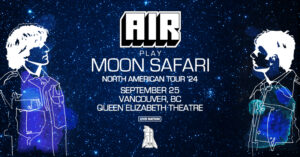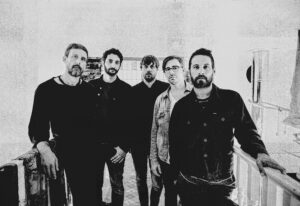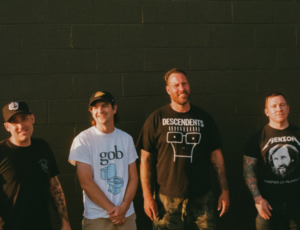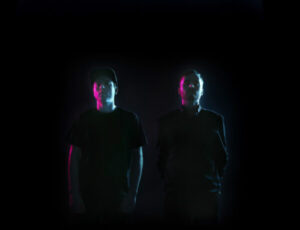On DVDs of David Lynch movies, there are no chapter stops. Lynch refuses them. He sees his films as dreams, their impact emotional rather than argumentative. They should be experienced whole, reacted to as a whole.
It is probably easiest to talk about his second studio album, The Big Dream, in a similar fashion.
There’s no doubt that David Lynch is a little weird. Probably his greatest service to us as an audience, across mediums, is his ability to dredge up the ineffable blackness somewhere inside us. Lynch’s music, like his films, cuts straight to the dark; it reverberates with some ichorous coating that clings to the bottom of our consciousness, splashes it around, makes us almost timid in the knowledge of what the underside of our thoughts might look like.
If that’s overly metaphorical, it’s because whatever is successful about Lynch’s music is indescribable. For the most part, the album is a series of upbeat and downbeat blues jams, strung together by the somehow maddening normalcy of Lynch’s voice. In terms of singing range, Lynch barely does better than Leonard Cohen, but like Mr. Cohen, it’s the tone of the voice that matters, the feeling of it.
The faster tracks conjure images of a somehow besmirched small-town Americana. We feel the echoing raucousness of a smoky blues bar, but the glamour of the stage is far away — the flavour of Lynch’s music comes from footprints tracked across the floor through sticky beer and cigarette ash, from the hazy uncertainty of the 16 year-old girl dancing in front of the band, from the man in the corner drowning his empty marriage in the dregs of Pabst in a dirty mug.
It all sounds very ugly, doesn’t it?
It’s not that the music is discordant. It’s melodic, sometimes beautiful, sometimes even calm. But some sort of dissonance pervades the album, something, y’know, Lynchian. It’s not something your brain settles into. It’s something that keeps your brain struggling to adapt. If you’ve seen any of Lynch’s films — or paintings, or furniture, for that matter — you probably have some idea what I’m talking about.
An interesting curiosity on the album is the single non-original track: a cover of Bob Dylan’s “The Ballad of Hollis Brown”, which Lynch characterizes as being more of a cover of the Nina Simone cover. Somehow, though, the track is a perfect fit.
There’s a lot here that would be very easy to dislike. Lynch’s voice will be an irreconcilable obstacle for some. The dark, often aggressive music will be difficult for others. And that indefinable creepiness will be a problem for all listeners — it’s just that some will love it. If you’re a fan of Lynch’s films…or his music, paintings, sculpture, furniture, coffee, nightclub, music videos, transcendental meditation teaching and activism, comic strips, photography, philanthropy, or acting, you probably have some idea of what this album will be like, and you’ll probably enjoy it. Those who are new to Lynch are encouraged, cautiously, to give it a try.









